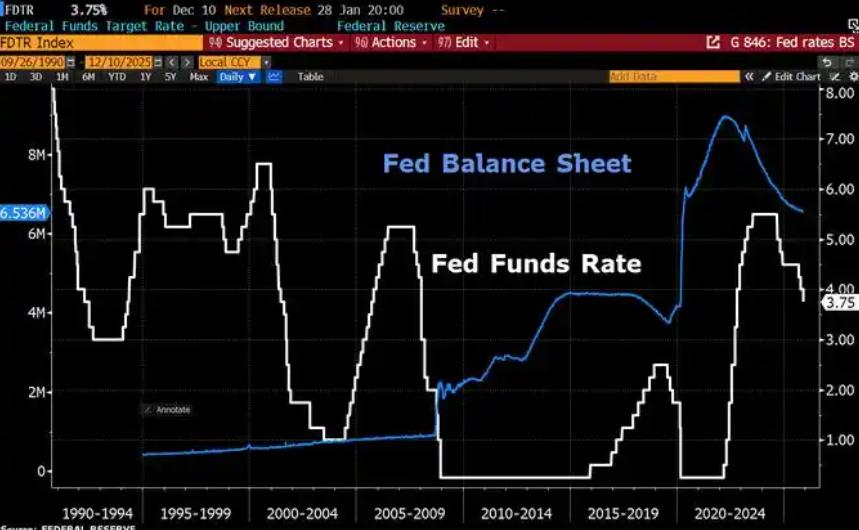
Amidst the surging global technology wave, a transformation is quietly brewing in the US defense sector. Emerging defense technology companies such as Palantier and Anduril intend to form a consortium with tech giants like Elon Musk's SpaceX and OpenAI to compete for nearly $900 billion in defense budgets, challenging the monopoly of traditional military conglomerates. Behind this action, there are many deep-seated economic considerations.
1、 Market Expansion: Finding New Profit Blue Ocean
For a long time, the technology industry has been fiercely competitive, and the market has gradually become saturated. Technology companies represented by Silicon Valley are facing increasingly limited growth opportunities in the consumer market. In the field of smartphones, global shipment growth has stagnated, and top manufacturers can only engage in close competition in the existing market, competing for a meager increase in market share; Social networking platforms are facing a bottleneck in user growth, resulting in a slowdown in advertising revenue growth. In contrast, the US defense budget has been consistently high, with a scale of nearly $900 billion, like a fertile soil in urgent need of cultivation.
For SpaceX, although there is a grand blueprint for interstellar exploration in the commercial space field, short-term profitability is difficult, and revenue is limited due to government space project orders and commercial satellite launch services. Entering the national defense and military industry, whether it is providing more efficient space transportation and space reconnaissance technology for the military, can instantly open the door to massive orders. OpenAI is no exception. The monetization of AI technology in the civilian market is still being explored, while the demand for military intelligence is strong. From intelligent decision-making assistance in combat command systems to independent control and research and development of weapons and equipment, military orders can bring stable and high returns, greatly expanding the profit margin.
2、 Alternative opportunities under cost and efficiency advantages
Traditional military industrial groups have been slow in technological iteration, with bloated bureaucratic systems and lengthy supply chains that have increased project costs. The development of a new type of weapon often involves significant cost overruns and lengthy lead times from project initiation to delivery. However, technology companies have completely different operating models. They grow up in a flexible and ever-changing market environment, emphasizing fast iteration and lean entrepreneurship.
Taking Tesla's transformation in the automotive manufacturing industry as an example, highly automated production and direct sales models have reduced a significant amount of intermediate costs. SpaceX has reduced launch costs to a fraction of traditional space giants through reusable rocket technology. If these technology companies enter the defense industry, they can utilize their mature technology and efficient processes to complete military projects at lower costs. Against the backdrop of strict expenditure control and pursuit of cost-effectiveness by the Ministry of National Defense, this is an excellent opportunity for technology companies to replace old military industries and win projects. It is expected to achieve or even exceed the original performance indicators with less budget, and reap economic benefits.
3、 Collaborative value-added of data and technology
Data is the "oil" of the 21st century, and technology companies hold massive gold mines of data. The user behavior big data accumulated by companies such as Google and Meta provides abundant nutrients for AI training; Tesla collects driving data on the road and continuously optimizes its autonomous driving algorithms. In the field of national defense, the data generated by military operations is equally valuable. From battlefield intelligence and soldier training feedback to weapon and equipment operational data, integrating civilian and military data can greatly improve the accuracy of AI models.
4、 Policy support and long-term layout dividends
The US government has become increasingly positive towards emerging defense technology forces in order to maintain military hegemony and encourage innovative competition. Tax incentives, special R&D subsidies, simplified approval processes and other policy "gift packages" are constantly being offered. Technology companies entering at this time can not only enjoy current benefits, reduce upfront investment risks, but also leverage the "halo" of military projects to enhance corporate image and reputation, and gain opportunities in other global business collaborations.
In the long run, the technological accumulation in the military industry can also spill over to the civilian industry. After the early military technologies such as Internet and GPS were put into civilian use, trillion level industries were born. Technology companies laying out national defense in advance are also betting on future technological returns, incubating new business models and growth points, gaining an advantage in the economic race, and injecting momentum into sustained profitability. The challenge of this technology company to the old military industrial group is essentially driven by the profit seeking nature of capital, which is a re segmentation and deep exploration of the defense economy cake, and will also reshape the economic ecology of the US defense industry.

Since 2022, the Fed has cumulatively reduced its balance sheet by $2.4 trillion through quantitative tightening (QT) policies, leading to a near depletion of liquidity in the financial system.
Since 2022, the Fed has cumulatively reduced its balance sh…
On December 11 local time, the White House once again spoke…
Fiji recently launched its first green finance classificati…
Recently, the European Commission fined Musk's X platform (…
At the end of 2025, the situation in the Caribbean suddenly…
The U.S. AI industry in 2025 is witnessing a feverish feast…